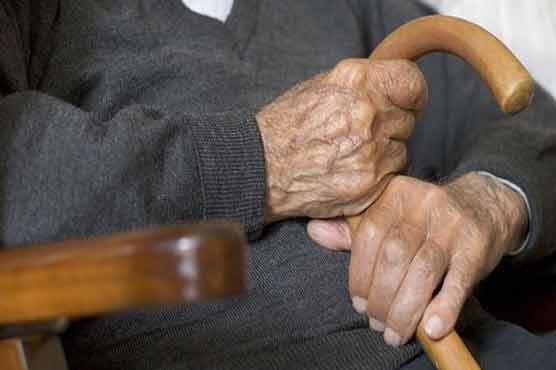Xango – a Life-Saving Fruit Drink

Sometime in 2012, Mrs Ireen Sitenge Nyambe travelled to Namibia. Her trip was prompted by her niece’s illness.
According to doctors, Mrs Nyambe’s niece was in the last stages of kidney failure which had crippled her kidneys. In other words, Mrs Nyambe’s niece was dying.
“This patient was really in the last stage because both her kidneys had stopped working. She had been on dialysis from 2011 and now the dialysis could not continue because the veins had collapsed.
“Even the doctors had lost hope. She was about to be taken to South Africa but the doctors said we could not take her because even if we took such a patient it would be meaningless. So we were just waiting for anything,” Mrs Nyambe recounted.
At that time, the patient was swollen as a result of the body accumulating liquids and doctors had advised that she should not take any fluids, including water.
She was restless. She could not hear. She could not eat unaided neither could she be left unattended for fear that she could fall off the hospital bed due to the restlessness.
Mrs Nyambe said her niece barely had days to live, until a stranger came to the private ward where the patient was. The stranger was selling a fruit juice called Xango.
The fruit-drink vendor encouraged Mrs Nyambe to give the juice a try, saying the drink had helped many people recover from their death beds.
True to the words of the stranger, Mrs Nyambe’s niece, who had at the time been retired from her job on medical grounds, recovered and was able to leave the hospital she had been admitted to barely a week after starting to take the fruit juice.
“The doctor, a white man who has been in the profession for a long time said he had never seen a person coming out of such a stage. And even when we were discharged, the same bottle that the patient had started drinking from had not even been emptied yet,” Mrs Nyambe said.
The niece eventually recovered fully and was given back her job by her employers.
Puzzled by the turn of events, Mrs Nyambe who was diabetic and had arthritis, bought a box of the fruit drink and came back to Zambia with it. She was not yet convinced about taking the drink herself. But she had her neighbours in mind. She told herself that if the fruit juice worked on the neighbours, then it really was a baffling wonder.
Source: All Africa



















